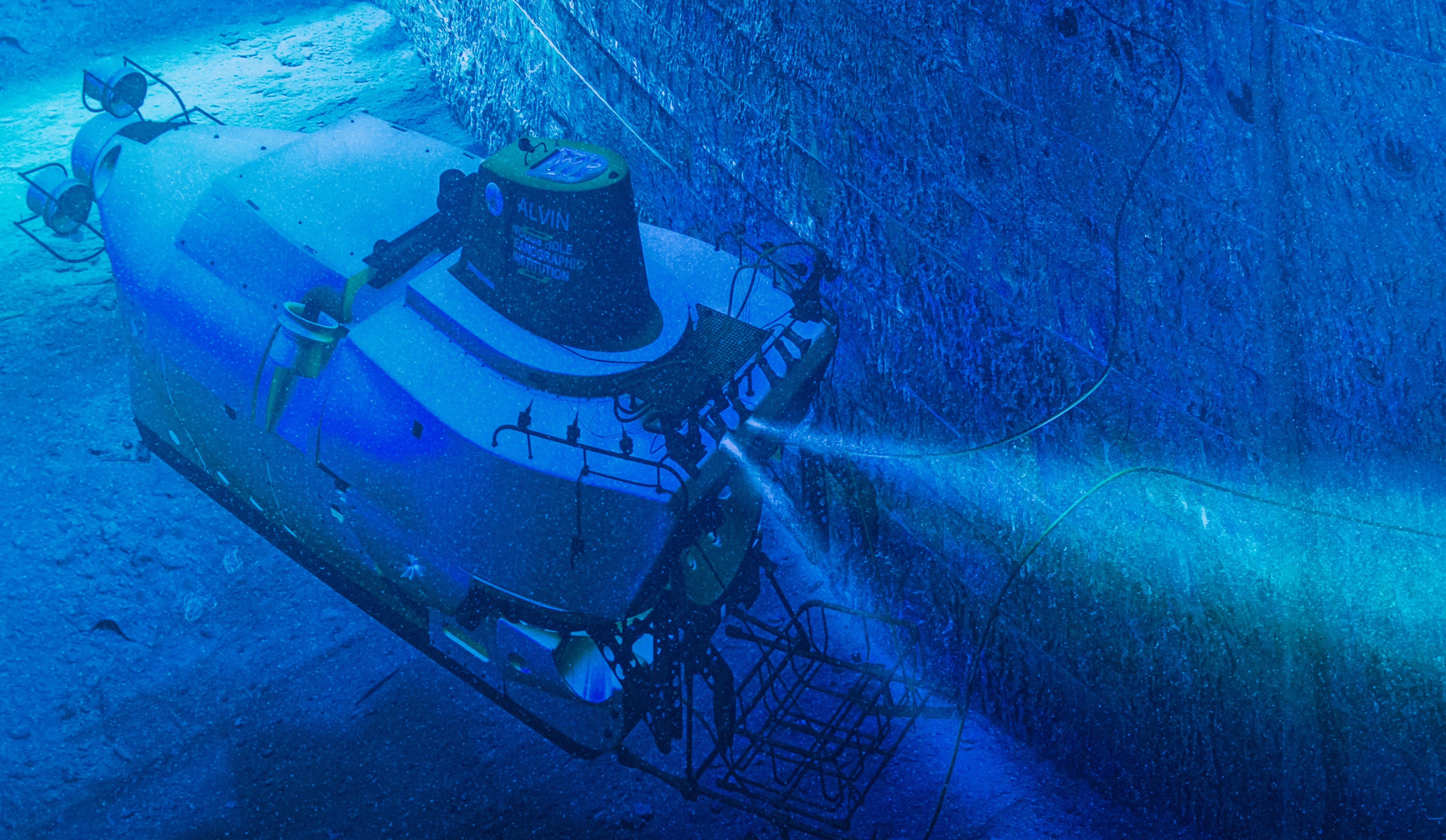Just last week, RMS Titanic Inc. (RMST), the company with sole rights to remove artifacts from the wreck, sought a court’s permission to retrieve the famous Titanic radio that relayed the doomed ship’s final messages––citing the fact that fast acting erosion would render the radio inoperable if they didn’t move quickly.
It appears that something else might endanger the shipwreck other than salt, rust, and time–something man-made.
During the week of July 29 through August 4, 2019 a small submarine operated by British-led EYOS Expeditions briefly lost control of the sub on a diving expedition due to “intense and highly unpredictable current.” Because of this, “accidental contact was occasionally made with the seafloor and on one occasion the wreck.”
The Triton DSV Limiting Factor, a submersible that is capable of diving below nearly 23,000 feet, is relatively weightless underwater, and according to the report filed by EYOS, the shipwreck did not appear to have any “abnormal physical signs of damage.”
The U.S. District Court for the Eastern District of Virginia was first notified about the incident on January 7, 2020. The crash went unreported for nearly five months.
In court documents filed on January 28th, RMST alleges that they learned of the crash three weeks ago, and, as the Washington Post reports, the company demands “video footage of the incident be turned over immediately, ‘under penalty of perjury.’ “
Rob McCallum, the EYOS expedition leader confirmed to the Telegraph that “we did accidentally make contact with the Titanic once while we were near the starboard hull breach, a big piece of the hull that sticks out. Afterwards we observed a red rust stain on the side of the sub.”
“The submersible is covered in white fiber glass and is very delicate and expensive. While underwater it’s essentially weightless – it’s not a battering ram,” McCallum went on to say.
The shipwreck, previously preserved by UNESCO regulations, is now protected through a bilateral agreement between the U.S. and the U.K., which was signed in November 2019.
The treaty, first presented in 2003 between the U.K., the U.S., Canada, and France languished for nearly two decades due to the stipulation that at least two signees were required to make it binding. The U.K. quickly signed, but it was not until 2019, when the U.S. State Department announced that it had also entered into the agreement, was it declared official.
The concerns of preserving and protecting the famed ship have been fiercely fought over since it was rediscovered in 1985.
RMST alleges in the court documents that the National Oceanic and Atmospheric Administration (NOAA), which is partially responsible for protecting deep sea wrecks, knew about the EYOS crash but failed to disclose the information.
In the legal filing “at the District Court of Eastern Virginia ahead of the hearing, RMST attempts to strike first by casting doubt on NOAA’s stewardship of the Titanic,” reports the Telegraph.
The NOAA strongly opposes RMST’s request to salvage Titanic’s famed radio.
And while the ocean liner went seemingly unharmed by the Triton submersible, the failure to disclose has raised serious questions among those entrusted to protect the ship of who is the appropriate steward of the watery gravesite.
One hundred and eight years later, the catastrophic maritime accident that claimed the lives of 1,523 of the 2,228 passengers on board still captivates historians, the public, and scientists alike.

